Red Heeler Behavior: Understanding Your Dog’s Instincts

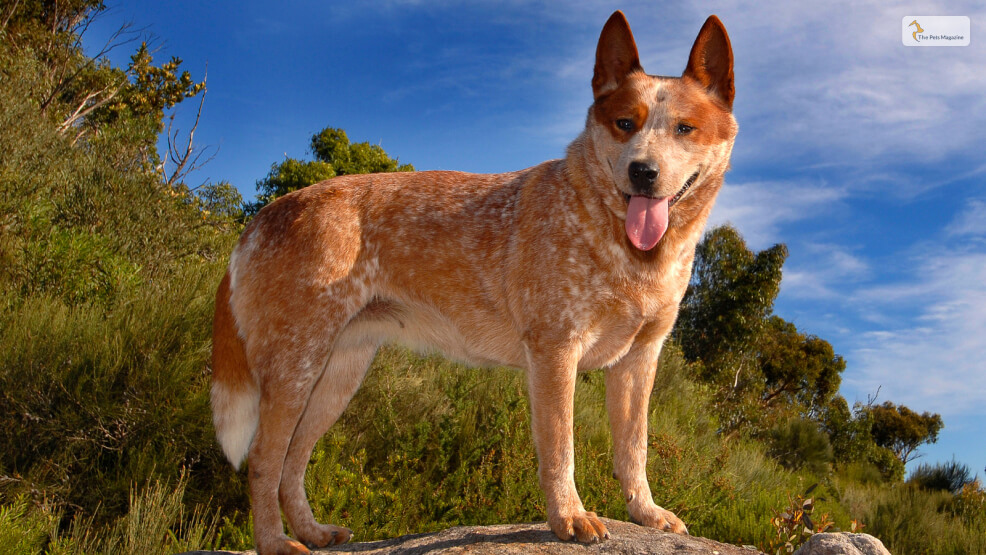
So you want to adopt a Red Heeler dog as your new furry companion? Congratulations, You are in for an adventure! Red Heelers are gorgeous dogs with an amazing work ethic, but they are full of energy and require a lot of physical activity. So before you run out to adopt a red heeler puppy, you should know what you are getting into.
Read on to know all about Red Heeler’s behavior and character traits so that you can decide if they are right for you.
Red Heeler: History and Origin
To understand the behavior, traits, and characteristics of the Red Heeler, you first need to know how the breed came about. Red Heeler, or the Australian Cattle dog breed, was created by early settlers arriving in Australia from Europe in the 1800s. They required a dog breed that would be able to tolerate the high temperatures and rough terrain of Australia while helping them with herding and the protection of cattle.

Accordingly, Dingoes (Australian wild dogs) were crossed with herding dogs from England and Scotland. Dingoes were bred with Scottish Highland Collies for their herding abilities, with Dalmatians because of qualities like faithfulness, protectiveness, and compatibility with horses. Finally, they were bred with Kelpies (sheepdogs) for their working ability to create the Australian Cattle dog.
Red Heeler dogs were bred to manage and protect cattle. As a result, they have developed a strong herding instinct. By nature, a Red Heeler dog is also independent and strong-willed. Their temperament may not be suitable for everyone. First-time owners or families with a less active lifestyle can find their behavior to be quite frustrating. Hence you should ensure what you are getting into before adopting a red heeler.
Red Heeler Temperament and Characteristic Traits
If you are planning on bringing home an Australian red heeler puppy soon, take a closer look at what sets this breed apart from the rest –
1. Red Heelers Are Intelligent but Stubborn
Red Heelers are extremely intelligent dogs, but they can be stubborn. Their high intelligence means they pick up on commands and tricks quickly, but they also like pushing boundaries and testing your limits. Red Heelers also have a strong independent streak and can be quite headstrong if they want to be. They like to do things their own way and on their own schedule. While eager to please their owners, they can be manipulative in getting what they want. You need to be firmly in charge, or they will walk all over you.
2. They Have a Strong Work Ethic
Red Heelers were bred to be working dogs, and as a result, they have a strong work ethic. They thrive best when they have a job to do and need daily physical and mental stimulation. If they don’t get adequate physical and mental stimulation, they will get bored and restless leading to destructive behavior. So if you plan to adopt a red heeler pup, or a Red Heeler mix, be prepared to spend lots of time exercising, training, and playing with your Heeler every day.
3. Red Heelers Can Be Territorial
Red Heelers are loyal to their owners and can be quite affectionate and playful with them. However, they can be wary of strangers and territorial, so they require extensive early socialization to become accustomed to new people and experiences. They may not be the most friendly towards new visitors, especially if not properly socialized. You should therefore expose them to various environments, people, and animals from an early age to ensure they grow up confident and well-adjusted.
4. They Are Not Good With Young Children and Small Pets
Red Heeler dogs can get along with young children and small pets if they are properly introduced and socialized from an early age. If you have young children, teach them how to properly interact with the dog in a calm, gentle manner. Show them how to give commands, pet, walk, groom, and play with the dog appropriately. Make sure children do not tease, chase or yell at the dog. This can provoke the herding instinct and cause the dog to nip or herd the children. However, supervise all interactions between children and the dog, especially when young.
In the case of pets, socialize red heeler puppies with other pets in a controlled setting. Give both animals positive reinforcement and treats to help them form positive associations. Never leave a Red Heeler alone unsupervised with other pets, especially smaller ones. Provide separate spaces for each animal when you are not home to monitor them. Walk the Red Heeler and other dogs together on a leash at first to help establish them as part of the same “pack.” Give both the animals the same commands and treats during walks.
But if your red heeler has not been properly socialized, do not leave them alone unsupervised with either your children or other small pets. This is because, since they are herding dogs, they may have an innate desire to herd, so they may try to “herd” small children, pets, or other animals by circling or nipping at their heels.
Red Heeler Appearance, Lifespan and Health Issues
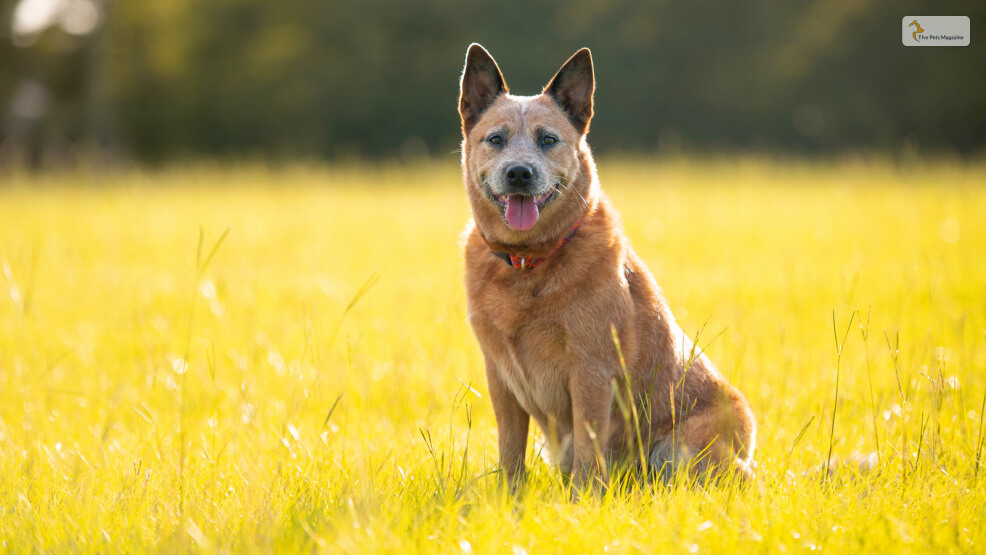
Along with behavior and characteristics traits, you should also know about red heeler lifespan, health issues, and appearance. This will help you to decide if you really want them as your furry companion. Australian Cattle dogs are a medium-sized breed sporting a stocky, muscular build and weighing between 35 to 50 pounds. Male Australian cattle dogs can grow up to around 18 to 20 inches tall, whereas female Australian cattle dogs stand at 17 to 19 inches tall. They also have a broad head, broad shoulders, a deep chest, and pricked ears.
The Australian Cattle dog sports a short double coat. The weather-resistant outer coat is short, straight, and of medium texture, while the undercoat is softer and more dense in texture. They have two main colors – red and blue. The fur patterns can either be blue-mottled, blue-speckled, red-mottled, or red-speckled.
Australian Cattle dogs with red variants are known as red heelers, whereas the blue coat variants are known as blue heelers. So if you were wondering about the pros and cons of adopting red heeler vs blue heeler, know that they are just two different variants of the same dogs. There is no difference in behavior and character traits between the two variants except the coat color.
What Is The Lifespan of A Red Heeler Cattle Dog?
Both red and blue heeler dogs are bred to be tough and healthy and generally have a longer lifespan compared to other medium-sized dog breeds. According to AKC (American Kennel Club), they live for around 12-16 years. But this is not surprising since Australian Cattle Dogs or red heelers lead quite an active lifestyle. But they are prone to a few genetic health issues such as Hip and Elbow Dysplasia, deafness, and progressive retinal atrophy. In addition to this, both blue and red heeler dogs are also susceptible to skin allergies or dog dermatitis.
Common Health Issues in Red Heelers
Here are some of the most common health issues associated with Red Heelers:
- Hip and Elbow Dysplasia: These are inherited conditions that cause the joints to develop abnormally. They can lead to pain, lameness, and arthritis.
- Deafness: Red Heelers are particularly prone to deafness, especially in merle-colored dogs. This can be complete or partial deafness.
- Cataracts: These are cloudy patches that form on the lens of the eye, leading to blurred vision. Cataracts can eventually cause blindness.
- Progressive Retinal Atrophy (PRA): This is a degenerative eye disease that can lead to blindness. It is often inherited.
- Hypothyroidism: This condition occurs when the thyroid gland does not produce enough thyroid hormone. Symptoms include lethargy, weight gain, and hair loss.
- Elbow Dysplasia: Similar to hip dysplasia, elbow dysplasia is a joint disorder that can cause pain and lameness.
- Allergies: Red Heelers can be prone to allergies, including allergies to food, environmental allergens, and contact allergies.
- Epilepsy: This is a neurological disorder characterized by seizures. It can be inherited or acquired.
- Heart Problems: Some Red Heelers may develop heart conditions such as mitral valve disease or dilated cardiomyopathy.
- Dental Problems: Dental issues like periodontal disease are common in dogs, including Red Heelers. Regular dental care is essential.
How to Train Your Red Heeler: Tips and Techniques
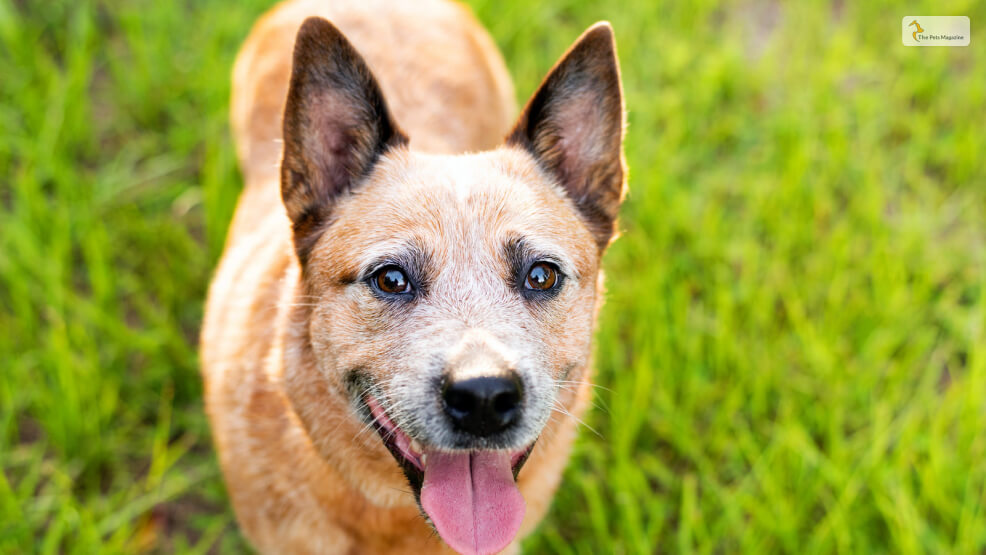
The Australian red heeler is a hardworking, intelligent, and loyal breed. But they can be stubborn at times and more likely to do their own way if they are not trained. Red Heelers also need training and socialization from a young age; otherwise, they can be aggressive toward strangers.
Here are some tips and training that you can follow while training your red heeler –
- Start early and be consistent: Begin training your Australian Cattle Dog from a young age to establish good habits early on. Consistency is key, so stick to a regular training schedule.
- Use positive reinforcement: These intelligent dogs respond well to positive reinforcement techniques such as treats, praise, and playtime rewards. Avoid using harsh or punitive methods that can lead to fear or aggression.
- Focus on socialization: Expose your Blue Heeler puppy to various environments, people, and other animals to ensure proper socialization. This will help prevent behavioral issues in the future.
- Provide mental stimulation: Australian Cattle Dogs are highly intelligent and need mental stimulation alongside physical exercise. Puzzle toys, obedience training sessions, and interactive games can help keep their minds sharp.
- Teach basic commands first: Start with essential commands like sit, stay, come, and heel before moving on to more advanced tricks or tasks. Build a strong foundation of obedience before progressing further.
- Be patient and persistent: Training an Australian Cattle Dog requires patience and persistence since they have a tendency towards stubbornness at times. Stay calm but firm during training sessions.
- Seek professional guidance if needed: If you encounter difficulties or feel overwhelmed during the training process, don’t hesitate to seek advice from professional dog trainers who specialize in working with herding breeds like the Blue Heeler.
So Should you get a Red Heeler?
So, now that you have a better understanding of the Red Heeler’s traits and characteristics, you need to determine if this breed is the right match for you and your lifestyle. Red Heelers are an energetic breed and require daily exercise and activity. If you lead an active lifestyle and want a canine partner to go on hikes with you, a Red Heeler could be perfect for you.
However, if you prefer a more leisurely lifestyle, a Red Heeler may not suit your needs and end up bored, restless, and even destructive. In that case, consider adopting a more easygoing breed.
A red heeler dog may be a bit handful at times, but their endless energy, loyalty, and intelligence make them the perfect partner to go on adventures with! But the final choice is all yours. So do your research on red heeler temperament, and think carefully about your lifestyle and experience before getting a red heeler.
You May Also Like..







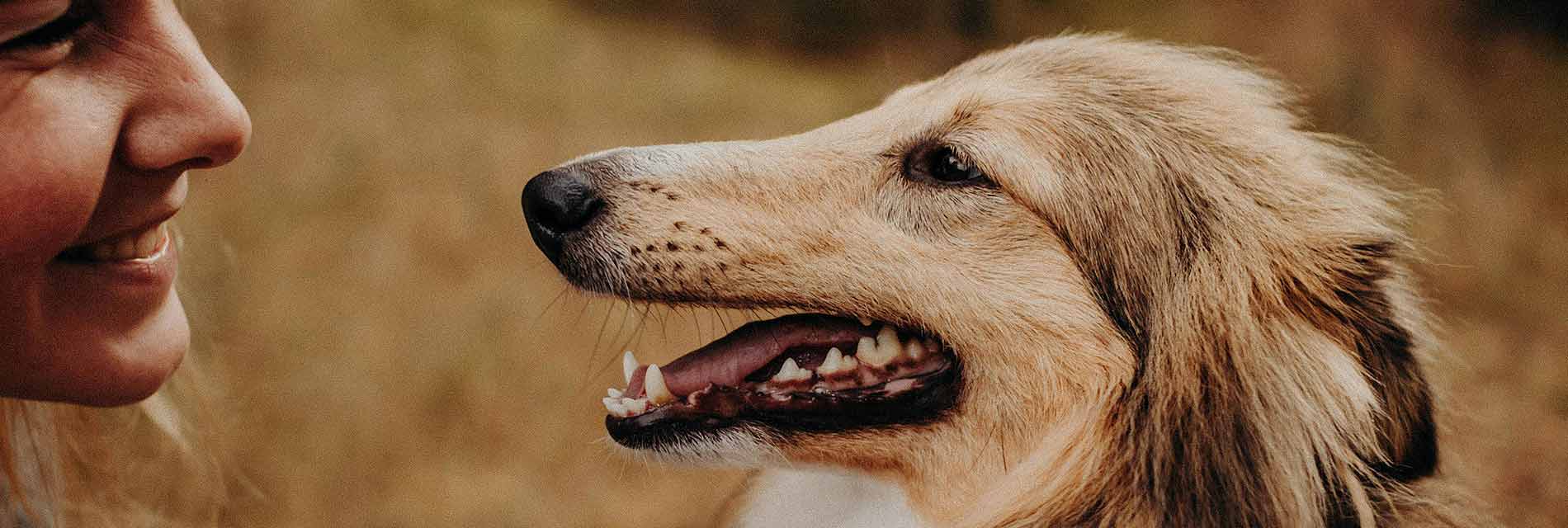
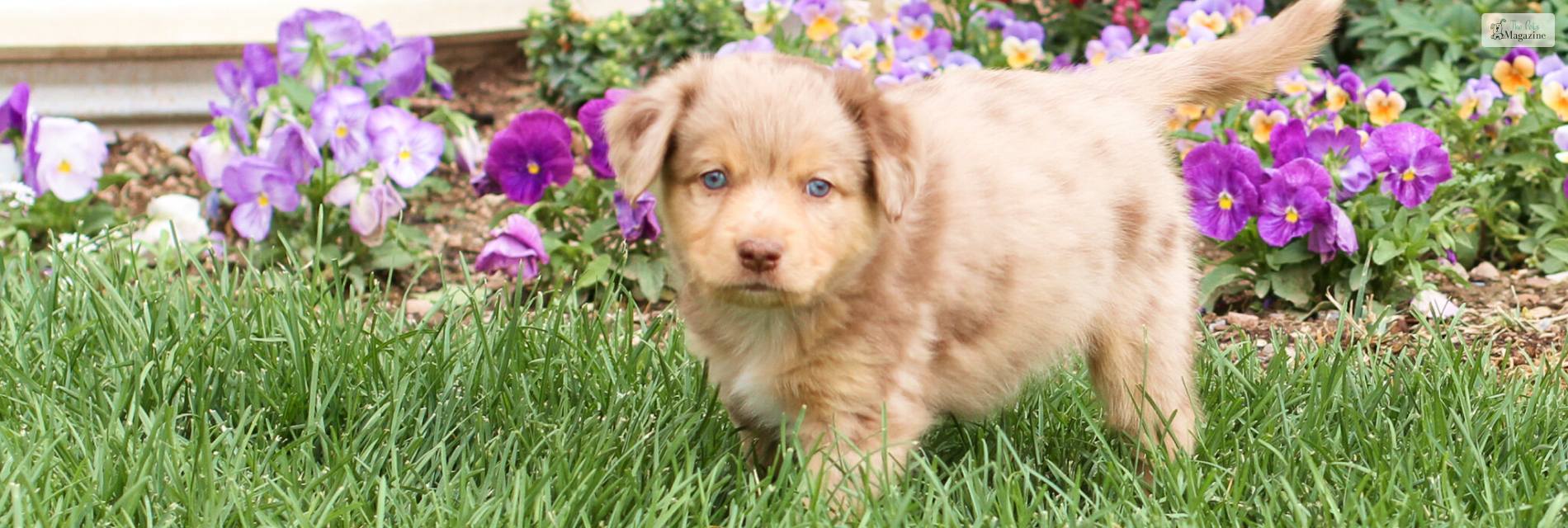
Leave A Comment